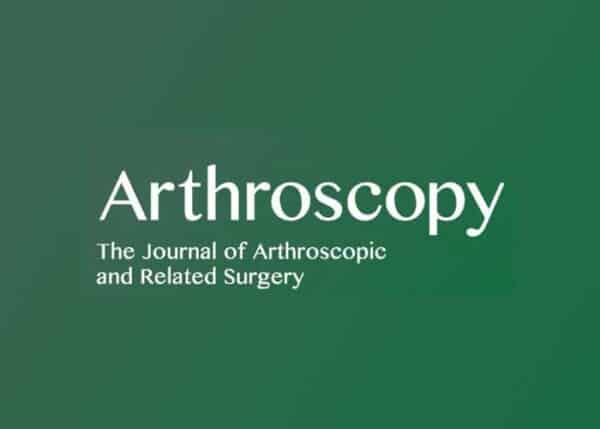
Authors:
Andrew G. Geeslin, M.D., Jorge Chahla, M.D., Ph.D., and Robert F. LaPrade, M.D., Ph.D.
Abstract:
The anterolateral complex (ALC) of the knee has received renewed research interest because of the potential role of this anatomic region in anterior cruciate ligament (ACL) tear biomechanics and surgical treatment outcomes. The primary structures of the ALC include the iliotibial band deep (Kaplan) fibers, the anterolateral ligament (ALL), and the capsulo-osseous layer (COL) of the iliotibial band, although there remains disagreement on the precise anatomic locations and biomechanical relevance of these structures. Sectioning studies in the ACL-deficient knee have revealed a contribution of the ALC in restraining tibial internal rotation and anterior translation. Biomechanical studies have revealed a potential role for lateral extra-articular reconstruction as an augmentation to ACL reconstruction in knees with combined ACL and ALC sectioning. Clinical studies have reported a reduced ACL reconstruction failure rate with both ALL reconstruction and lateral extra-articular tenodesis procedures.
You can download the study: Combined Anterior Cruciate Ligament and Lateral Extra-Articular Reconstruction
